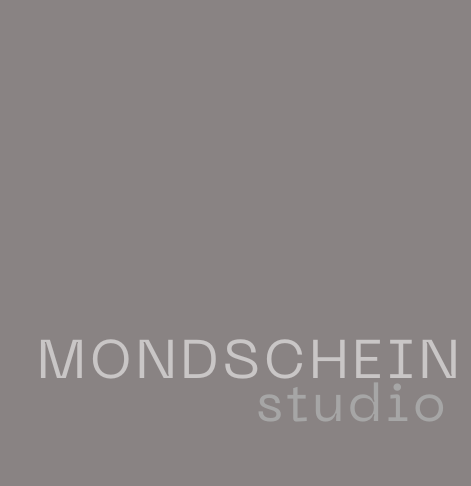
Overview
Music Periods
The rich tapestry of Western classical music has unfolded through a series of distinct historical periods, each characterised by unique stylistic innovations, evolving performance practices, and profound reflections of the prevailing social, philosophical, and cultural landscapes of their respective eras, shaping not only the musical language of their time but also leaving an enduring legacy on subsequent generations of composers and performers.
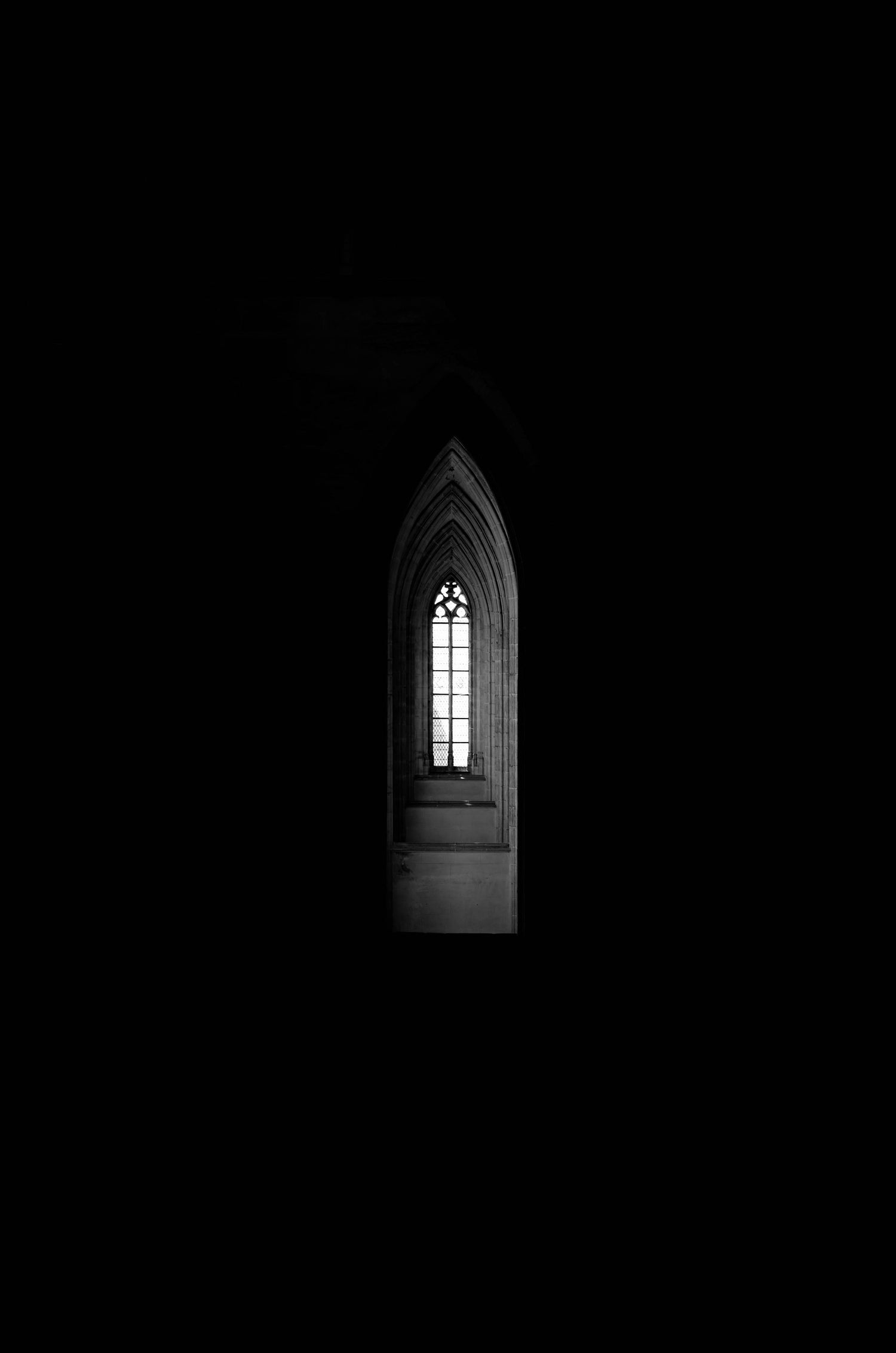
(500 –1400)
Medieval Period
Classical music traces its origins to the Medieval period, where early compositions were primarily vocal and religious. Gregorian Chant, a monophonic and sacred form of music, was dominant in this era. As time progressed, secular music flourished through the works of troubadours and minstrels, who performed for nobility and common folk alike. Instruments such as the lute and early pipe organs were introduced, though vocal music remained the primary form of musical expression. Notable composers of this period include Hildegard von Bingen and Guillaume de Machaut, who contributed to early polyphony.
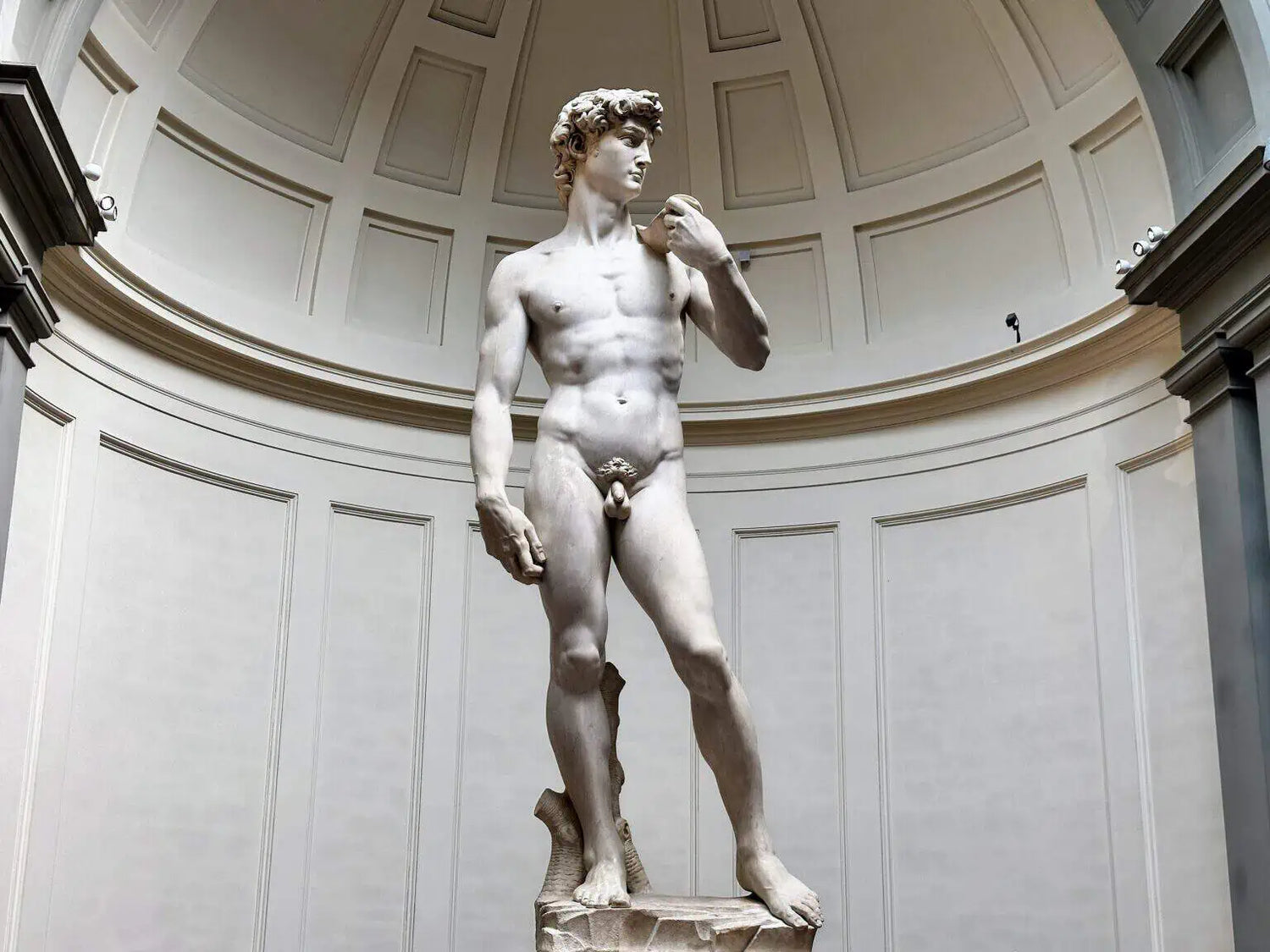
(1400–1600)
Renaissance Period
The Renaissance period saw a shift toward greater harmonic complexity and polyphony, where multiple independent melodic lines were woven together. Composers began writing music that was both religious and secular, with innovations in choral works and madrigals. The invention of the printing press allowed for widespread distribution of sheet music, helping composers reach a broader audience. Instrumental music gained popularity alongside vocal compositions, with the development of the viola da gamba, early keyboard instruments, and the lute. Josquin des Prez, Palestrina, and Thomas Tallis were among the most influential composers of this era.
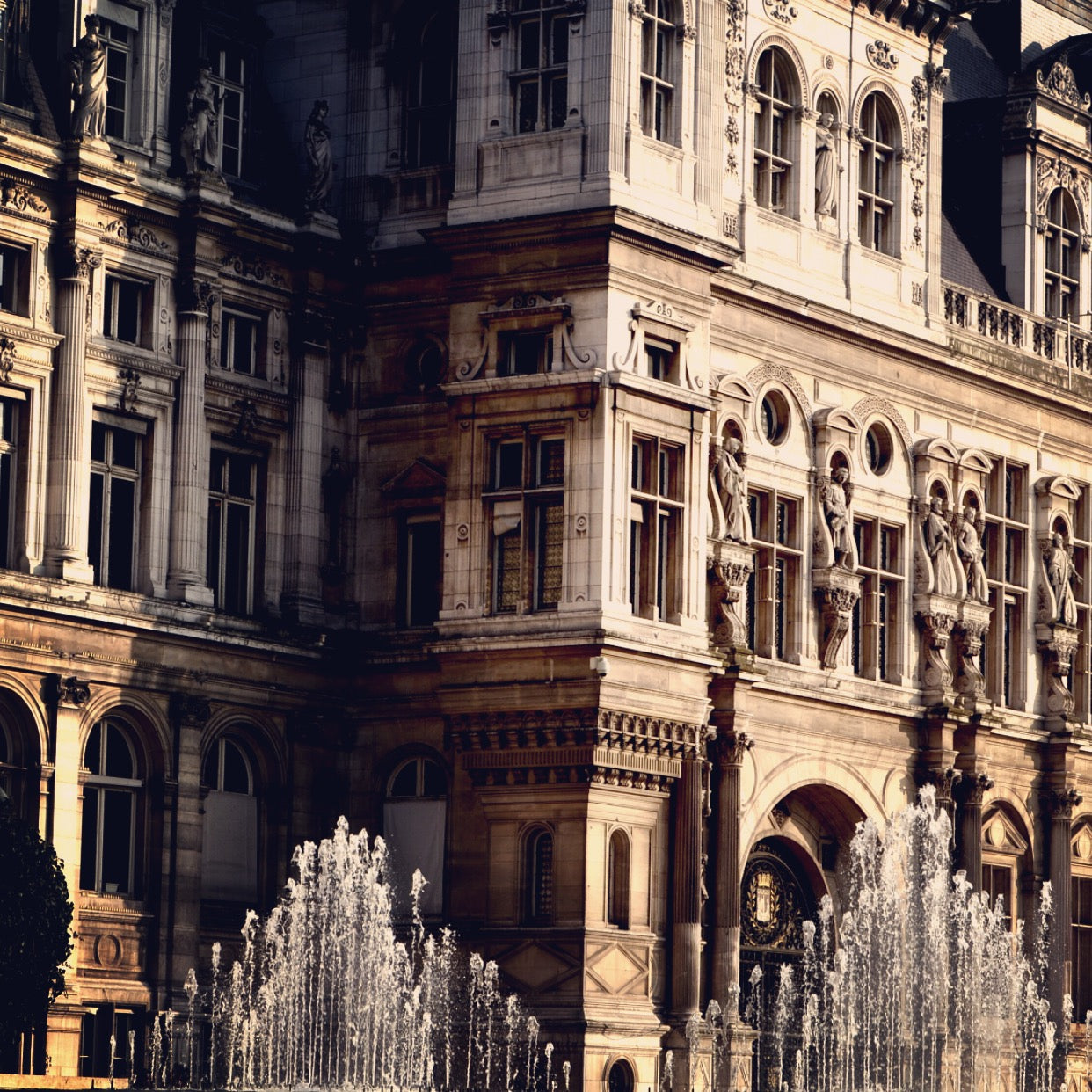
(1600–1750)
Baroque Period
The Baroque period was marked by elaborate ornamentation and the rise of structured musical forms such as fugues, concertos, and oratorios. Opera emerged as a major genre, combining drama, poetry, and music into a single art form. Counterpoint, the technique of interweaving independent melodies, reached its peak in the works of J.S. Bach. Composers also utilized basso continuo, a method of accompanying melodies with a continuous bass line. The violin family was developed, and the harpsichord became a central instrument. Key figures of this period include Bach, Handel, Vivaldi, and Monteverdi, who expanded the possibilities of orchestration and harmonic progressions.
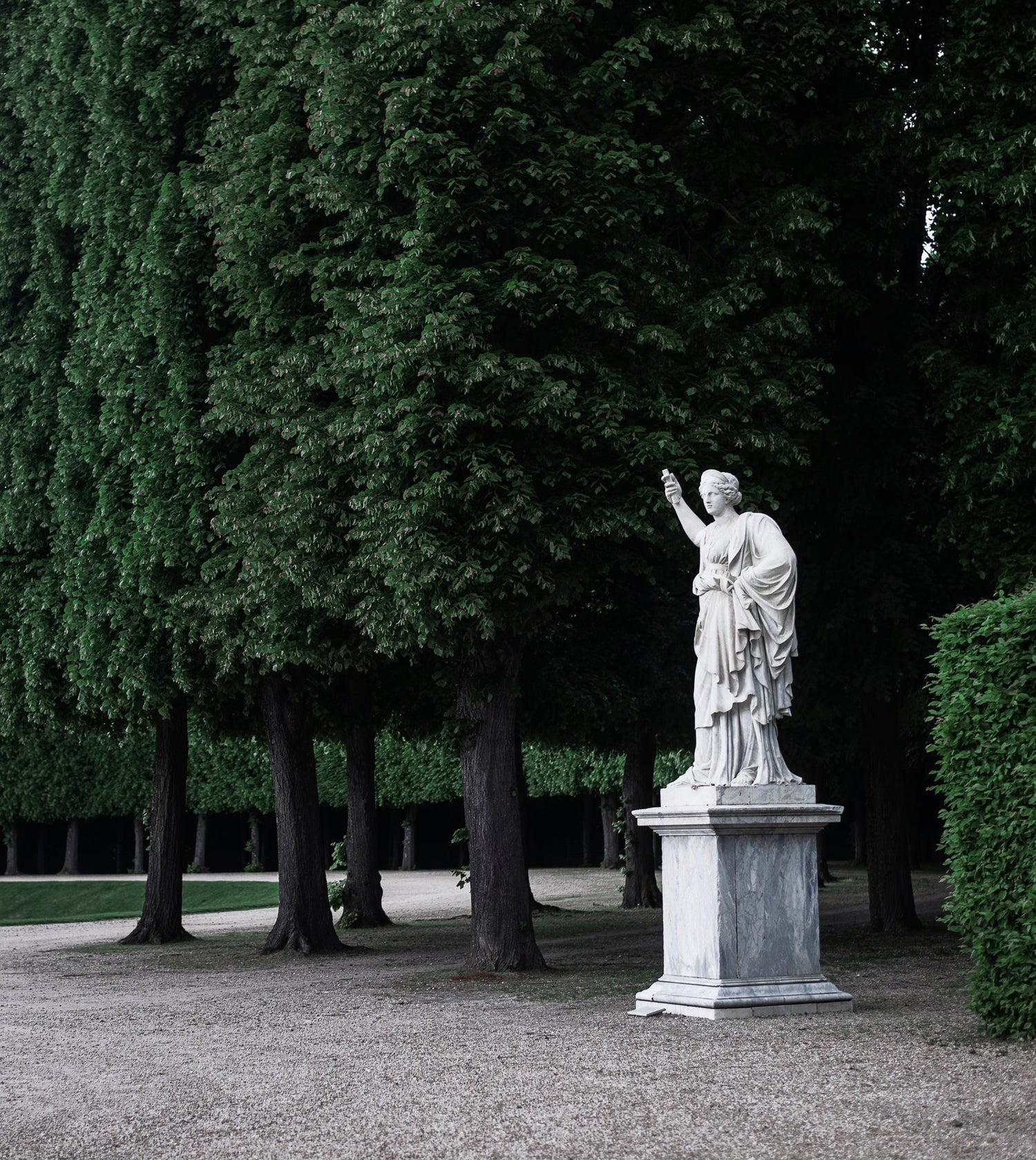
(1750–1820)
Classical Period
The Classical period introduced a more structured and balanced approach to composition, focusing on clarity, simplicity, and elegance. Music became more expressive yet adhered to well-defined forms such as the symphony, sonata, and string quartet. The fortepiano replaced the harpsichord, allowing for dynamic contrast and a greater range of expression. Orchestras grew in size, and composers refined the sonata-allegro form, which became a staple of symphonic writing. This era was dominated by composers such as Mozart, Haydn, and the early works of Beethoven, who each contributed to the refinement and expansion of instrumental and operatic music.

(1820–1900)
Romantic Period
The Romantic period was characterized by a shift toward deep emotional expression, individualism, and nationalism. Composers sought to evoke powerful feelings, drawing inspiration from literature, nature, and folklore. Orchestras expanded significantly, allowing for richer textures and more dramatic contrasts. Harmonic language became more complex, incorporating chromaticism and modulations to new tonal areas. Program music, which told a story or depicted scenes without words, became popular through the works of composers like Berlioz and Liszt. This era also saw the rise of virtuoso musicians, such as Chopin and Paganini, who revolutionized instrumental technique. Wagner and Tchaikovsky further pushed the boundaries of orchestral music with their grand, expressive compositions.
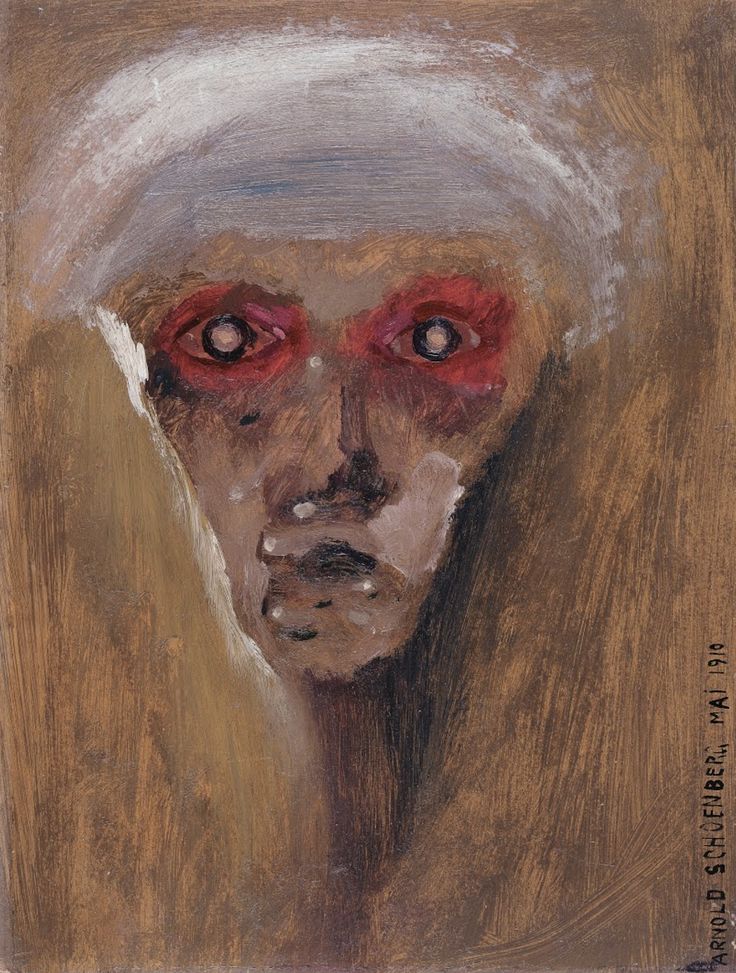
(1900–Present)
20th Century & Modern Period
The 20th century saw an explosion of new musical ideas, breaking away from traditional tonality and forms.
Composers such as Stravinsky and Schoenberg experimented with atonality and serialism, while Debussy introduced impressionism, emphasising colour and atmosphere over strict structure.
Maurice Ravel, a contemporary of Debussy, also contributed significantly to this era, blending impressionistic elements with his own unique orchestral brilliance and a keen interest in exploring diverse musical influences, including Spanish and jazz idioms.
Later in the century, minimalism emerged with composers like Philip Glass and Steve Reich, focusing on repetition and gradual changes in texture. Electronic music, jazz influences, and film scores also became an integral part of contemporary classical music. Today, composers continue to push boundaries, blending classical traditions with modern technology and diverse cultural influences.
